
Python Data Science Handbook. Essential Tools for Working with Data Jake VanderPlas
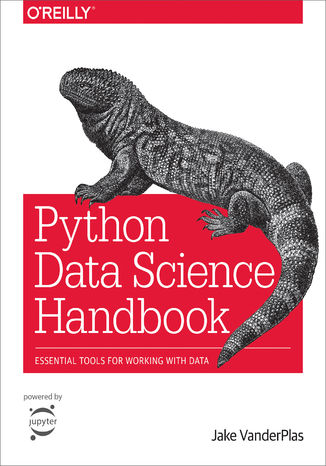



- Autor:
- Jake VanderPlas
- Wydawnictwo:
- O'Reilly Media
- Ocena:
- Stron:
- 548
- Dostępne formaty:
-
ePubMobi
 opcje wysyłki »
opcje wysyłki »
Opis
książki
:
Python Data Science Handbook. Essential Tools for Working with Data
For many researchers, Python is a first-class tool mainly because of its libraries for storing, manipulating, and gaining insight from data. Several resources exist for individual pieces of this data science stack, but only with the Python Data Science Handbook do you get them all—IPython, NumPy, Pandas, Matplotlib, Scikit-Learn, and other related tools.
Working scientists and data crunchers familiar with reading and writing Python code will find this comprehensive desk reference ideal for tackling day-to-day issues: manipulating, transforming, and cleaning data; visualizing different types of data; and using data to build statistical or machine learning models. Quite simply, this is the must-have reference for scientific computing in Python.
With this handbook, you’ll learn how to use:
- IPython and Jupyter: provide computational environments for data scientists using Python
- NumPy: includes the ndarray for efficient storage and manipulation of dense data arrays in Python
- Pandas: features the DataFrame for efficient storage and manipulation of labeled/columnar data in Python
- Matplotlib: includes capabilities for a flexible range of data visualizations in Python
- Scikit-Learn: for efficient and clean Python implementations of the most important and established machine learning algorithms
Wybrane bestsellery
O'Reilly Media - inne książki
Dzięki opcji "Druk na żądanie" do sprzedaży wracają tytuły Grupy Helion, które cieszyły sie dużym zainteresowaniem, a których nakład został wyprzedany.
Dla naszych Czytelników wydrukowaliśmy dodatkową pulę egzemplarzy w technice druku cyfrowego.
Co powinieneś wiedzieć o usłudze "Druk na żądanie":
- usługa obejmuje tylko widoczną poniżej listę tytułów, którą na bieżąco aktualizujemy;
- cena książki może być wyższa od początkowej ceny detalicznej, co jest spowodowane kosztami druku cyfrowego (wyższymi niż koszty tradycyjnego druku offsetowego). Obowiązująca cena jest zawsze podawana na stronie WWW książki;
- zawartość książki wraz z dodatkami (płyta CD, DVD) odpowiada jej pierwotnemu wydaniu i jest w pełni komplementarna;
- usługa nie obejmuje książek w kolorze.
Masz pytanie o konkretny tytuł? Napisz do nas: sklep@helion.pl
Książka drukowana


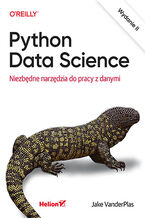
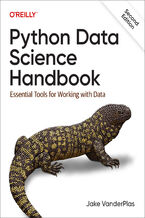

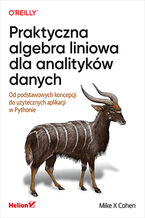
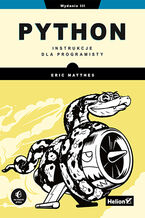
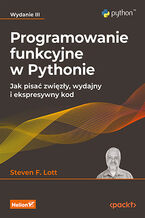
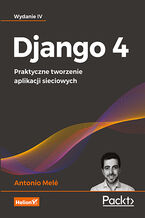
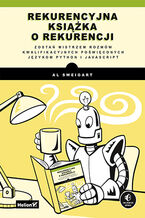
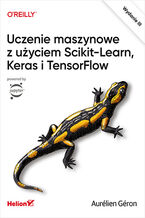
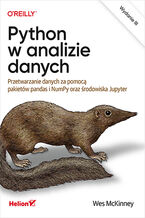
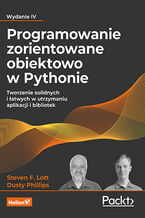
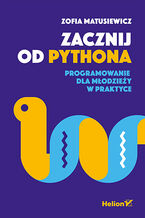
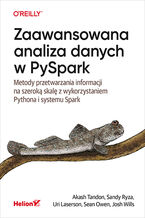






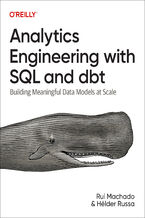
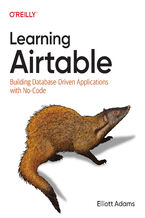
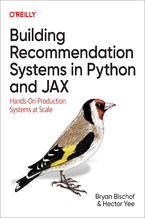

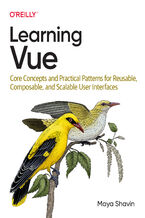

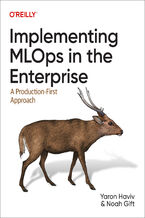
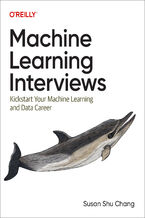
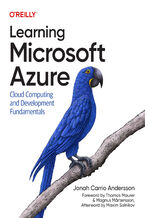
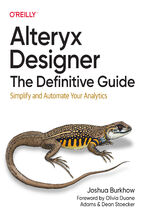



Oceny i opinie klientów: Python Data Science Handbook. Essential Tools for Working with Data Jake VanderPlas
(0)